Non-Linear Storytelling Made Simple.
Non-linear storytelling is like the rebellious cousin of traditional narrative structures. It flips timelines, twists perspectives, and throws the rules out the window. But why does it work so well? Well, it demands active engagement from the audience, urging them to think critically, question motives, and piece together fragmented details.
This kind of storytelling doesn’t just tell you a story; it invites you to work for it. The payoff? A deeper emotional and intellectual experience that adds layers of complexity, suspense, and surprise.
By experimenting with time, perspective, and memory, non-linear narratives challenge our perceptions of reality, forcing us to reconsider what we believe is true about the characters, themes, and even the very nature of time itself.
8 Essential Principles Of Non-Linear Storytelling.
 #1 – Fragmented Chronology.
#1 – Fragmented Chronology.
One of the most iconic techniques in non-linear storytelling is fragmented chronology, where events are presented out of order.
This technique is a bit like starting a puzzle with no picture on the box — you have to actively engage your brain to figure out how everything fits together.
Take Pulp Fiction by Quentin Tarantino, for example. The film unfolds in a scrambled, non-sequential order, weaving together multiple storylines that collide in unexpected ways. Instead of following a straight line from start to finish, you get glimpses of different moments that eventually form a larger picture.
This fragmented structure not only keeps viewers hooked as they try to piece together the timeline but also gives the characters’ journeys a more dynamic and interconnected feel. Tarantino’s decision to rearrange the chronology turns an otherwise simple crime narrative into something much richer and more engaging.
Similarly, in William Faulkner’s The Sound and the Fury, the fragmented structure mirrors the inner turmoil of its characters. One section of the novel is narrated by Benjy, a mentally disabled man whose perception of time is far from linear.
The disjointed narrative reflects Benjy’s fluid sense of time, pulling readers into his emotional and psychological experience, where the passage of time isn’t fixed but rather a chaotic, elusive force. This fragmentation of chronology forces readers to confront the world from a perspective that feels just as disordered as the narrator’s mind.
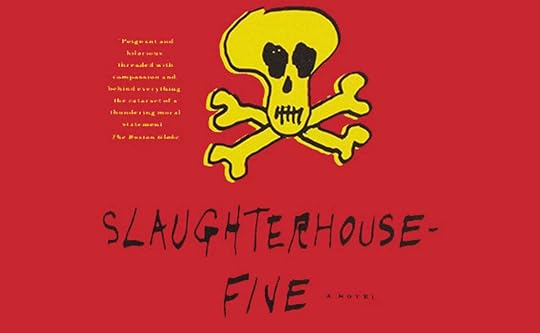 #2 – Flashbacks and Flash-forwards.
#2 – Flashbacks and Flash-forwards.
Flashbacks and flash-forwards are the time-bending magic tricks of non-linear storytelling. These techniques inject moments from the past or future into the present narrative, enriching the storyline and providing deeper emotional context.
In Christopher Nolan’s Memento, the film’s structure mirrors the protagonist’s short-term memory loss. The story is presented in reverse chronological order, with short flashbacks scattered throughout.
This mirrors the protagonist’s disorientation and confusion, as viewers, just like the character, are forced to slowly unravel the mystery of what happened. As the story unfolds backwards, the tension mounts, and viewers are left questioning what’s real, what’s a memory, and what’s a trick of the mind.
In Kurt Vonnegut’s Slaughterhouse-Five, the protagonist Billy Pilgrim is “unstuck in time,” hopping between moments of his life without warning. These jumps, often appearing as flashbacks or flash-forwards, highlight the randomness of existence.
By jumping unpredictably between past, present, and future, Vonnegut forces readers to grapple with the nature of fate, free will, and the inevitability of death, making time itself a key character in the novel. Flashbacks and flash-forwards here aren’t just narrative tools; they are ways to explore the deeper themes of the story.
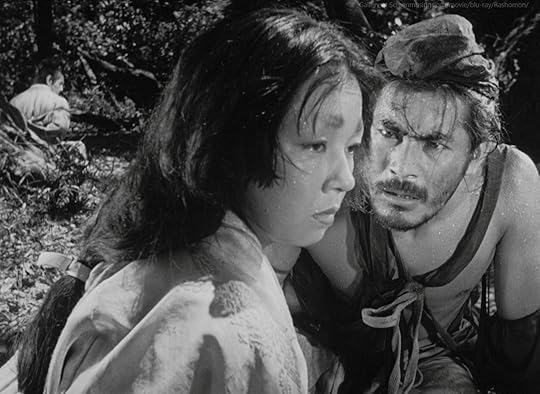 #3 – Multiple Perspectives.
#3 – Multiple Perspectives.
What happens when we hear the same story from different perspectives? Non-linear storytelling often uses multiple viewpoints to show how subjective truth really is.
We see the same event unfold through different eyes, and suddenly, what we thought was clear becomes a tangled web of conflicting accounts.
Akira Kurosawa’s Rashomon is one of the pioneering films that used this technique. The story revolves around a single event — a violent crime — but each character involved gives their own version of what happened.
A modern example is Gillian Flynn’s Gone Girl, where alternating perspectives between Nick and Amy — both unreliable narrators — keep the reader constantly shifting allegiances.
As both characters manipulate the truth to suit their agendas, the reader’s understanding of what happened and why is thrown into a constant state of flux. Flynn’s use of unreliable perspectives heightens the suspense and forces the reader to wade through layers of deception, ultimately revealing a much darker, morally ambiguous narrative.
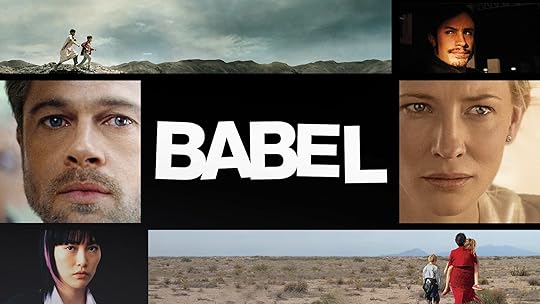 #4 – Parallel Storylines.
#4 – Parallel Storylines.
Parallel storylines take multiple seemingly unrelated narratives and weave them together, showing how everything — and everyone — is connected. These narratives often explore common themes from different angles, enriching the overall story.
Alejandro González Iñárritu’s Babel is a masterclass in parallel storylines. The film weaves four distinct stories set on different continents, all linked by a single gunshot.
As these stories unfold, their connections become clear, highlighting themes of communication, misunderstanding, and the far-reaching impact of human actions. The parallel storylines create a rich tapestry that emphasises how seemingly unrelated events can reverberate across the globe, connecting us all in ways we might not expect.
David Mitchell’s Cloud Atlas is another great example of parallel narratives. This novel spans centuries and continents, telling six separate stories that eventually link through characters, themes, and motifs. Each story touches on the others in surprising ways, making the reader realise that actions, decisions, and events have a ripple effect across time. The novel’s interconnectedness reinforces the cyclical nature of history and the shared human experience
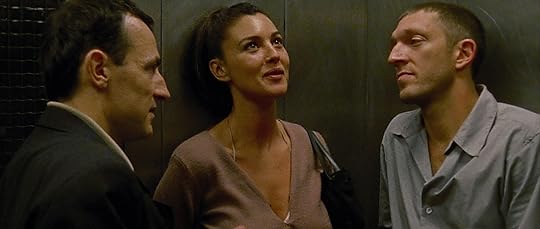
#5 – Reverse Chronology.
Reverse chronology is a non-linear technique that forces us to witness the consequences of actions before understanding their causes.
This method doesn’t just surprise us; it packs an emotional punch by revealing the end before the beginning.
Gaspar Noé’s Irreversible uses reverse chronology to devastating effect. The film starts with a horrific and brutal climax, then works its way backwards, slowly revealing how the characters got to this terrible moment. Watching events unfold in reverse intensifies the dread and makes the inevitable tragedy even more poignant.
In Martin Amis’s Time’s Arrow, the story of a Nazi doctor is told in reverse. This backwards storytelling forces readers to reassess the moral implications of the doctor’s actions, deepening the emotional complexity and unsettling the reader. By revealing the consequences first, Amis emphasises the horror of the character’s choices, making us confront the past in a deeply uncomfortable way.
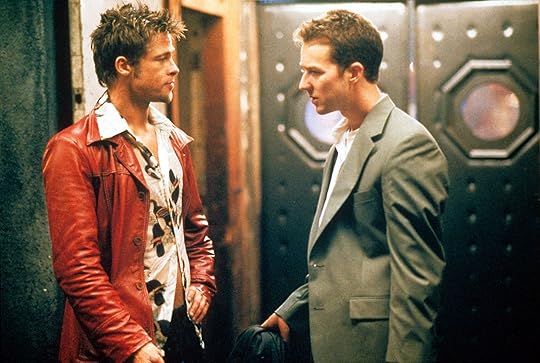
#6 – Unreliable Narrator.
The unreliable narrator is one of the most powerful tools in non-linear storytelling. This device keeps the audience on their toes, forcing them to question everything they’ve been told — and sometimes, everything they believe about the characters themselves.
In David Fincher’s Fight Club, the unnamed narrator presents his story in a rational and logical way, but a shocking twist reveals that much of what the audience has been led to believe is false. The narrative’s unreliability forces viewers to reconsider everything they’ve seen and question their perception of reality.
In The Silent Patient by Alex Michaelides, the story is narrated by Theo Faber, a psychotherapist obsessed with unlocking the mystery of his patient Alicia Berenson’s silence after she is accused of murdering her husband.
As the story progresses, Theo’s own secrets begin to emerge, revealing that he’s not the trustworthy narrator we thought he was. The unreliability of Theo’s narration deepens the suspense and highlights themes of obsession, guilt, and the distortion of truth. The shocking twist at the end forces readers to reconsider everything they’ve been led to believe.
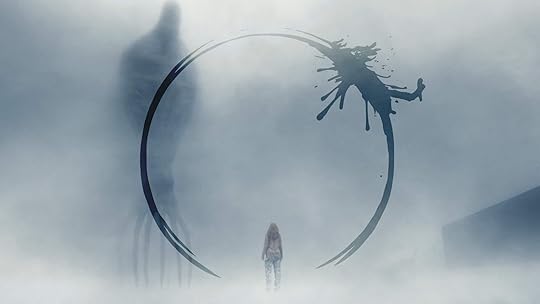 #7 – Circular Narrative.
#7 – Circular Narrative.
Circular narratives loop back to the start, often reinforcing ideas of fate or existentialism. These stories create a satisfying sense of closure while also encouraging deep reflection on their meaning.
Denis Villeneuve’s Arrival uses a circular narrative structure to explore the nature of time. As the protagonist’s understanding of time evolves, it’s revealed that her visions of the future are actually memories from the past. This circularity not only redefines the way we view the film’s events but also ties into the film’s themes of language, perception, and how we understand time itself.
Similarly, Gabriel García Márquez’s One Hundred Years of Solitude ends where it begins, with the tragic fate of the Buendía family locked in a cyclical pattern. The novel’s circular structure reinforces themes of time, memory, and inevitability, making it clear that the past is never truly gone but continually repeats itself.
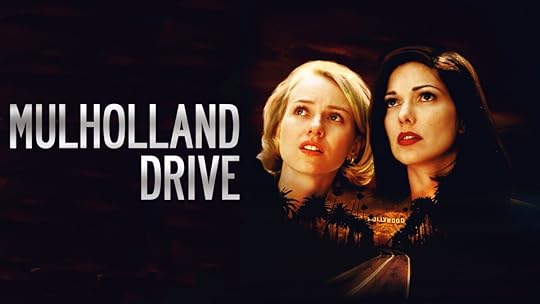 #8. Dream Logic and Stream of Consciousness.
#8. Dream Logic and Stream of Consciousness.
Non-linear storytelling often dips into the realm of dreams and consciousness, where logic takes a backseat to the erratic flow of thoughts, memories, and perceptions.
David Lynch’s Mulholland Drive is a prime example of dreamlike storytelling.
The film shifts unpredictably between time, identity, and reality, creating a narrative that mirrors the protagonist’s unravelling mind. The disjointed structure leaves viewers questioning what’s real and what’s imagined, producing a surreal experience that defies explanation.
James Joyce’s Ulysses is another iconic example. It uses stream-of-consciousness to immerse readers in the fragmented thoughts of the protagonist, Leopold Bloom. The narrative jumps between reality, memory, and fantasy, blurring the lines between the conscious and unconscious mind, leaving readers to navigate a maze of erratic, often disorienting thought patterns.
In Conclusion – Non-linear storytelling works because it challenges traditional structures, keeping audiences on their toes. It encourages active participation, fosters deeper engagement with the themes, and creates suspense, tension, and mystery. It also provides rich opportunities for character exploration, allowing for complex narratives that resonate long after the story ends.
Happy writing!
Now it’s YOUR turn – What’s your favourite non-linear movie or book?
Would love to get your input in the comment box below.
The post Non-Linear Storytelling Made Simple. appeared first on Vered Neta.



